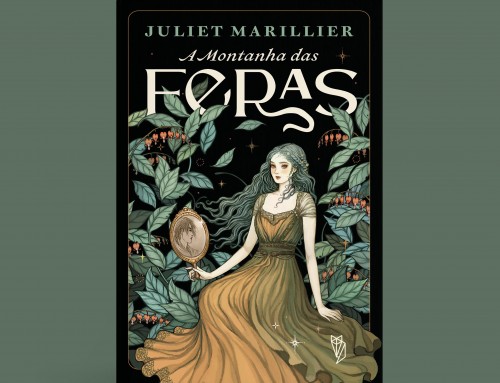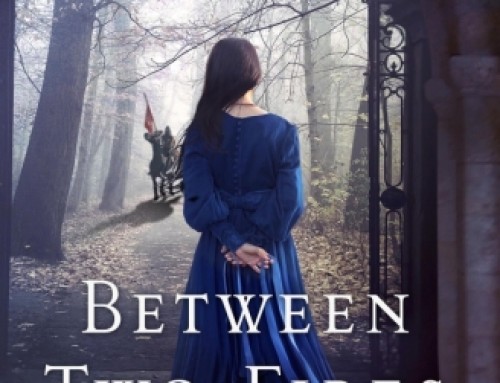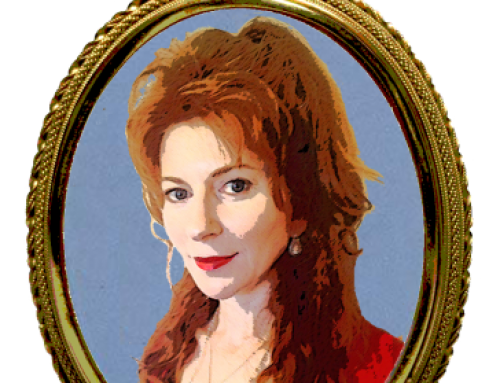
How do you decide which point of view to use when writing a story – first person, third person, a combination, or something else like a diary, letters, or even second person? How do you know which will work best for your particular story? The reader who raised this question asked me whether I deliberately chose first person for my young adult books (the Wildwood and Shadowfell books) because it was considered more appropriate for YA.
That inspired me to write a post about point of view and why I make the decisions I do when crafting a novel. First up, I’ll say that there are two reasons, at least, why first person works well for a young adult novel. Firstly, it lets the reader get very close to the main character or characters, and that is important to readers in this age group. Secondly, it focuses the story on that main character’s personal journey, again key to writing good YA fiction. First person present tense (‘I wake up and realise today is the day …’) is a popular choice with writers of YA fiction at present. But there are no rules about this – a writer simply writes the story in the way that works best.
I don’t have room here for a discussion of all the elements that make up voice (such as tense, vocabulary, syntax etc.) In this post I’ll focus on point of view (POV.) Do remember, though, that if you’re an aspiring writer trying to capture the perfect voice for your story, you’ll need to consider all those elements and how they work together.
What can writing in first person provide?
– deep insight into the psychology and emotions of your narrator(s)
– the reader becomes very engaged with the narrator(s)
– the direct approach allows the reader to be quickly immersed in the story
First person is great for a story in which the main focus is the personal journey of one particular character. With Daughter of the Forest, writing the whole story from Sorcha’s first person POV meant that even though she was forbidden to speak aloud while under the curse, the reader knew what she was thinking and feeling. Once I had chosen that single, first person POV for the novel, I used the same kind of voice for all the other books in the series, though for the last couple of books I included a second voice as a contrast. More on that later.
What can writing in third person provide? Note, it depends to quite an extent whether you choose ‘tight third’ in which the events of a scene or chapter are seen through the eyes of one character only, even though you are writing ‘he’ or ‘she’, not ‘I.’ With tight third you will ideally write in the way that character might speak – no intrusion of your authorial voice. Tight third has some of the same advantages as first person but gives more flexibility. If you use a looser third person in which the viewpoint changes frequently and the author is omniscient (knows what is in all characters’ heads) it’s a different kettle of fish. I prefer tight third! So, in general, third person:
– allows the writer a broader range of scenes and settings
– allows the reader to know what several characters are thinking, therefore allows more dramatic tension, conflict, irony – lets the reader become close to more than one character
– suits a story with an epic scope eg a big secondary world fantasy, a complex historical novel, a sprawling family saga spanning several generations
Many of the classic novels use omniscient third person. In the time of Dickens the reader was quite used to the author chiming in with observations about the state of the world or providing a block of historical background! An outstanding example of a classic novel written in first person is Charlotte Brontë’s Jane Eyre, in which the narrator conceals behind her mousy exterior a strong and passionate spirit. I’m so glad Charlotte Brontë did not go the conventional route of her time and tell the story in omniscient third person.
Of course, a writer might structure a novel with some sections in third person and some in first, or might preface each chapter with a poem, or use letters as part of a novel. Just aim for whatever works best to tell your particular story. And don’t try the fancy stuff before you have a handle on the basics.
As I came close to the end of the Sevenwaters series (I wrote eight non-Sevenwaters novels in between Child of the Prophecy and Heir to Sevenwaters, and my writing changed and developed during that time) I knew the single, first person narrator was no longer enough. I wanted to give my male protagonists more of a voice. I’d helped the story along in Son of the Shadows with various psychic connections between characters as well as Liadan’s visions. But I am wary of over-using the uncanny or paranormal in this way. In Seer of Sevenwaters I gave Felix his own chapters, written in a dream-like style because of his memory loss. In Flame of Sevenwaters, Ciarán gets his own chapters for the first time in the series. I chose to write his sections in a detached, neutral voice similar to traditional storytelling, referring to him only as ‘the druid’. Why? Because I felt Ciarán’s part of the Sevenwaters story was almost mythical; outside ordinary human experience. A story that might go on being told over the ages.
I came to enjoy playing with voice, using contrasting points of view and other differences as part of a novel’s structure. The Shadowfell books are carried mostly by a young woman’s first person narrative, the same as the Sevenwaters books. But Shadowfell allows Flint a voice too. Neryn’s chapters are in first person, Flint’s in tight third. Why not give Flint first person? Because with a first person narrative, the reader needs to believe that at some point in his life, the narrator might actually tell someone the full story (or perhaps write it down.) I couldn’t see Flint ever doing this, even to Neryn. He’s such a reticent character, very practised in keeping secrets.
My bigger, more epic novels – the Bridei Chronicles, Wolfskin and Foxmask – are written in third person throughout. I’m not keen on the authorial voice; it wrenches the reader out of the story. So even in these large-scale stories I have only two or three POV characters. I really dislike changes of point of view within a scene (commonly referred to as ‘head-hopping’) though many writers still do it.
The Blackthorn & Grim series shares the POV between three characters (for Dreamer’s Pool and Tower of Thorns at least) each of whom gets his or her own set of chapters. I’ve worked hard to give each of these characters a distinctive voice, and found that process helped me get to know the characters better. Tower of Thorns has an added element, a kind of ‘story within the story’, so you might say there are four voices in all. I do love a challenge!
And, speaking of challenges, in my next post I will tackle a reader’s query about why there are fewer ‘love-making scenes’ in my more recent books!
Photo credit: ID 18453842 © Gea Strucks | Dreamstime.com




